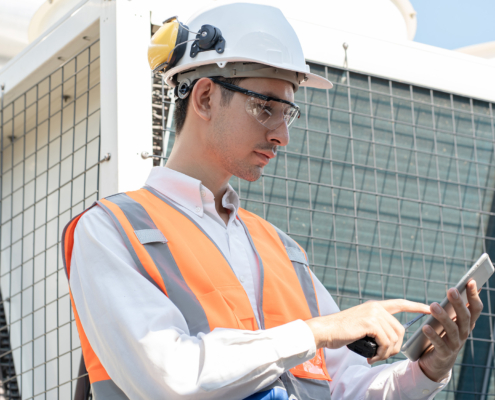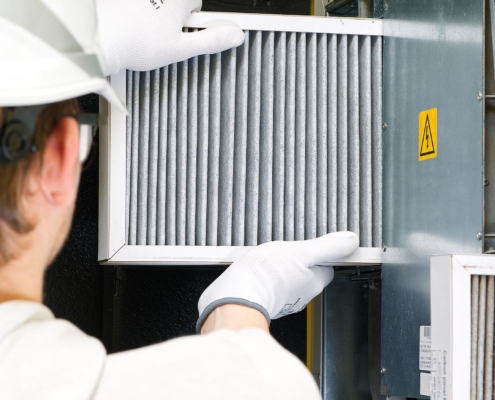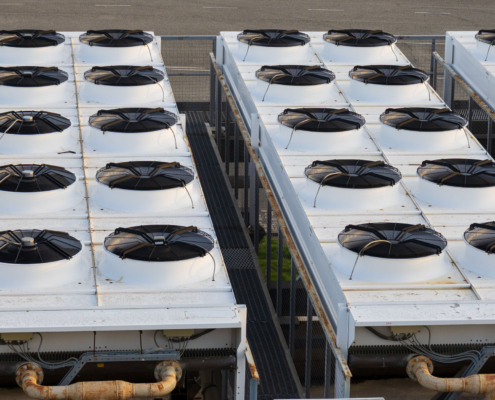Successfully implementing DCV requires integrating it with advanced HVAC automation systems. Modern automation platforms orchestrate a network of sensors, controls, and actuators, creating highly responsive and precise airflow management.
Here’s how this integration works in practice: Automated systems rely on strategically placed HVAC sensors throughout the building. These sensors constantly monitor occupancy by detecting CO₂ levels—which rise when people occupy a space—as well as temperature, humidity, and even occupancy patterns based on scheduled meetings or room bookings.
The automation platform analyzes sensor data in real-time. If it detects higher CO₂ levels in a particular zone, indicating increased occupancy, it signals the system to supply additional fresh air, ensuring optimal indoor air quality and occupant comfort. Conversely, if the system senses minimal or no occupancy, it automatically reduces airflow, minimizing unnecessary conditioning.
With integrated DCV, your HVAC system becomes highly adaptable. Instead of wasting energy treating empty spaces, you’re using exactly the right amount of conditioned air to meet real-time demand. This is energy waste reduction in action.






